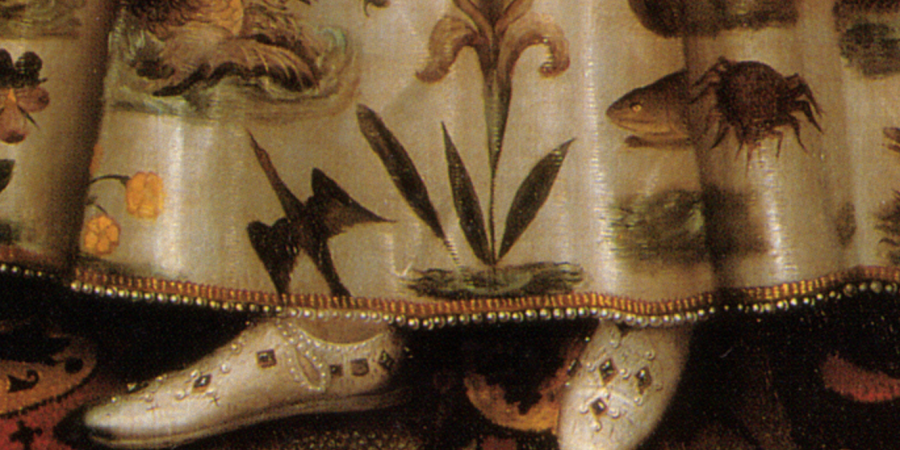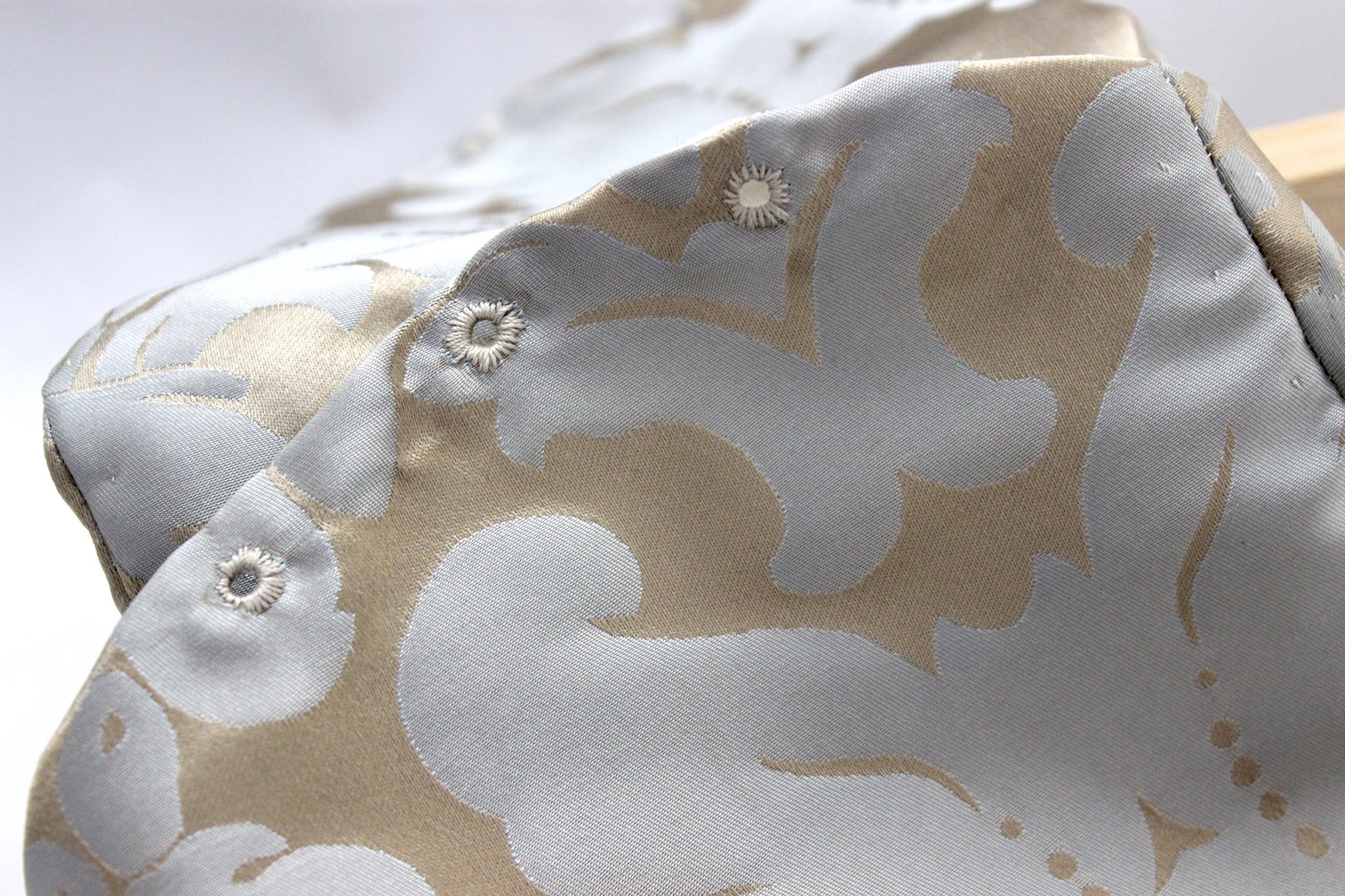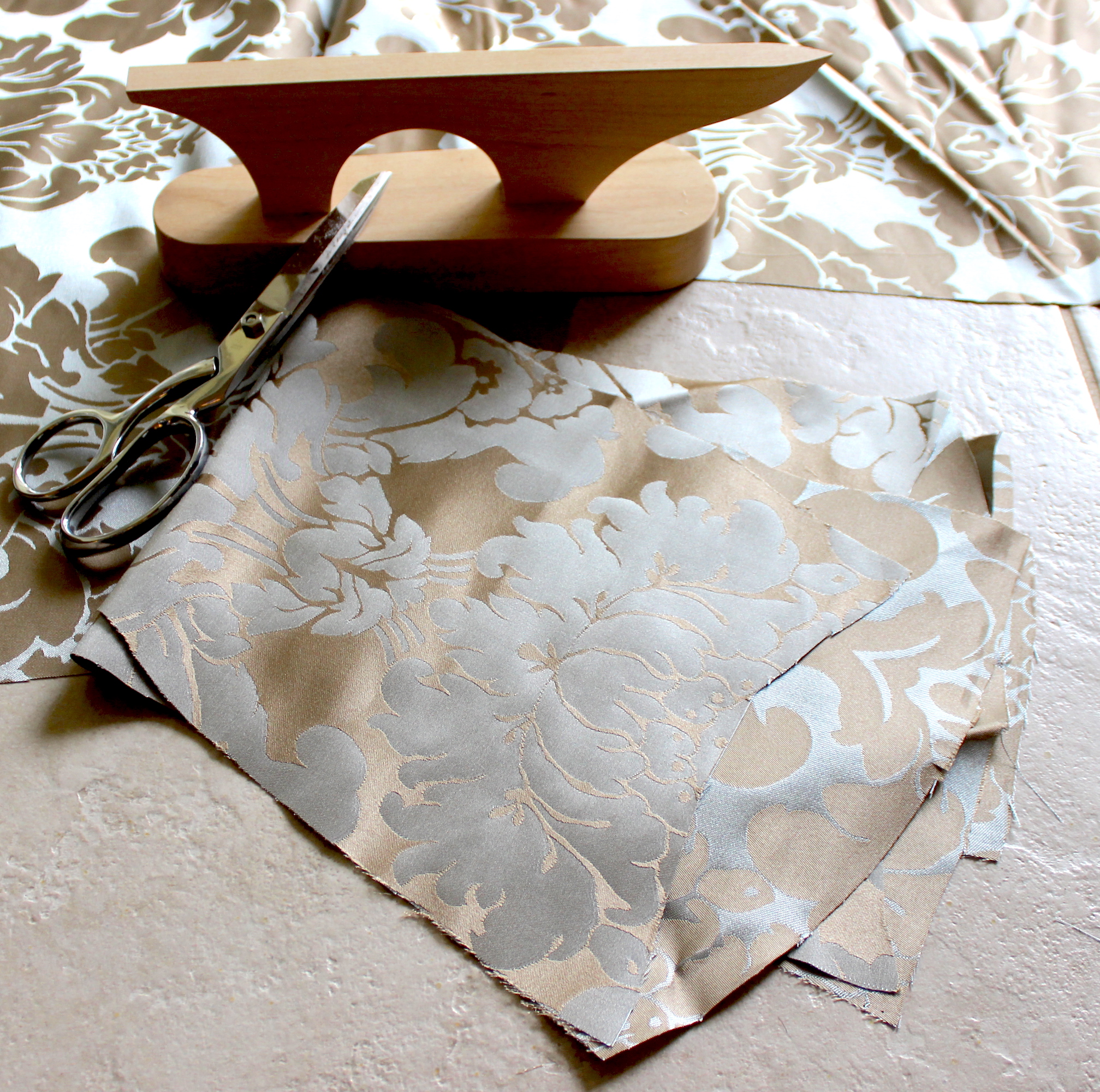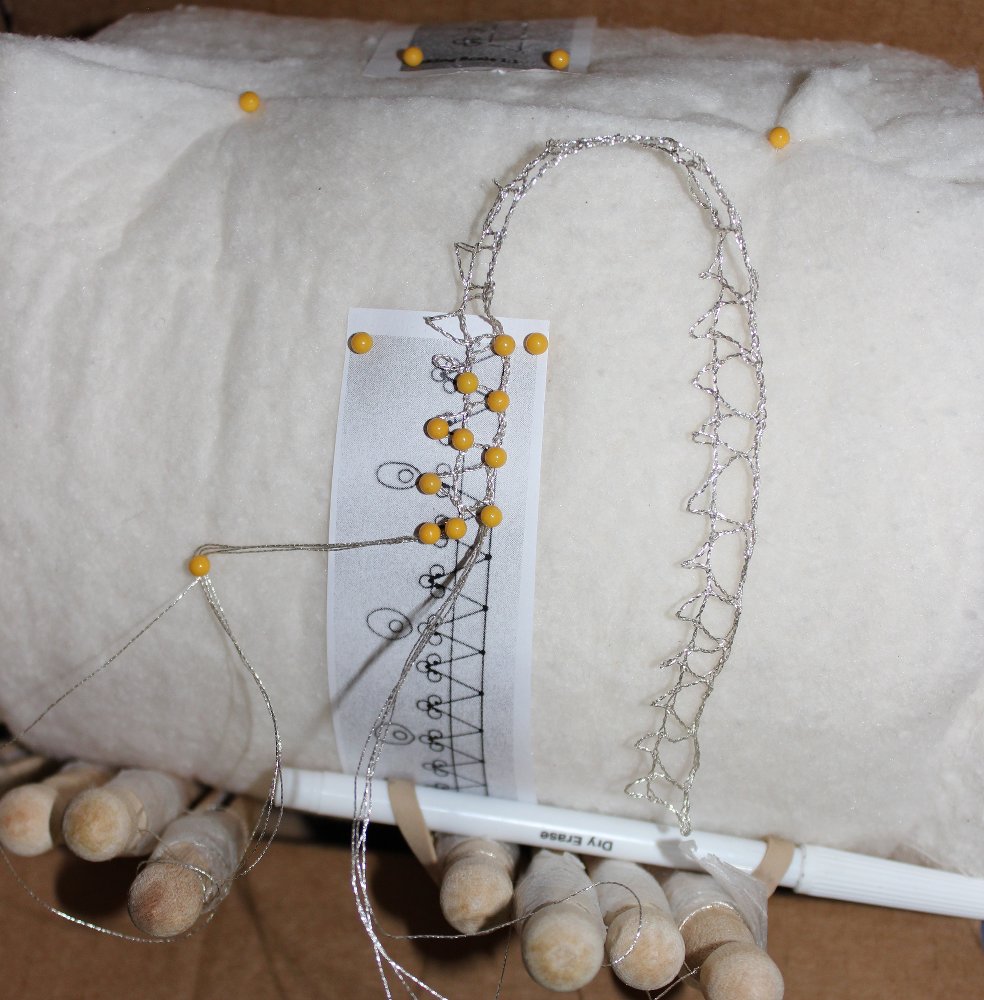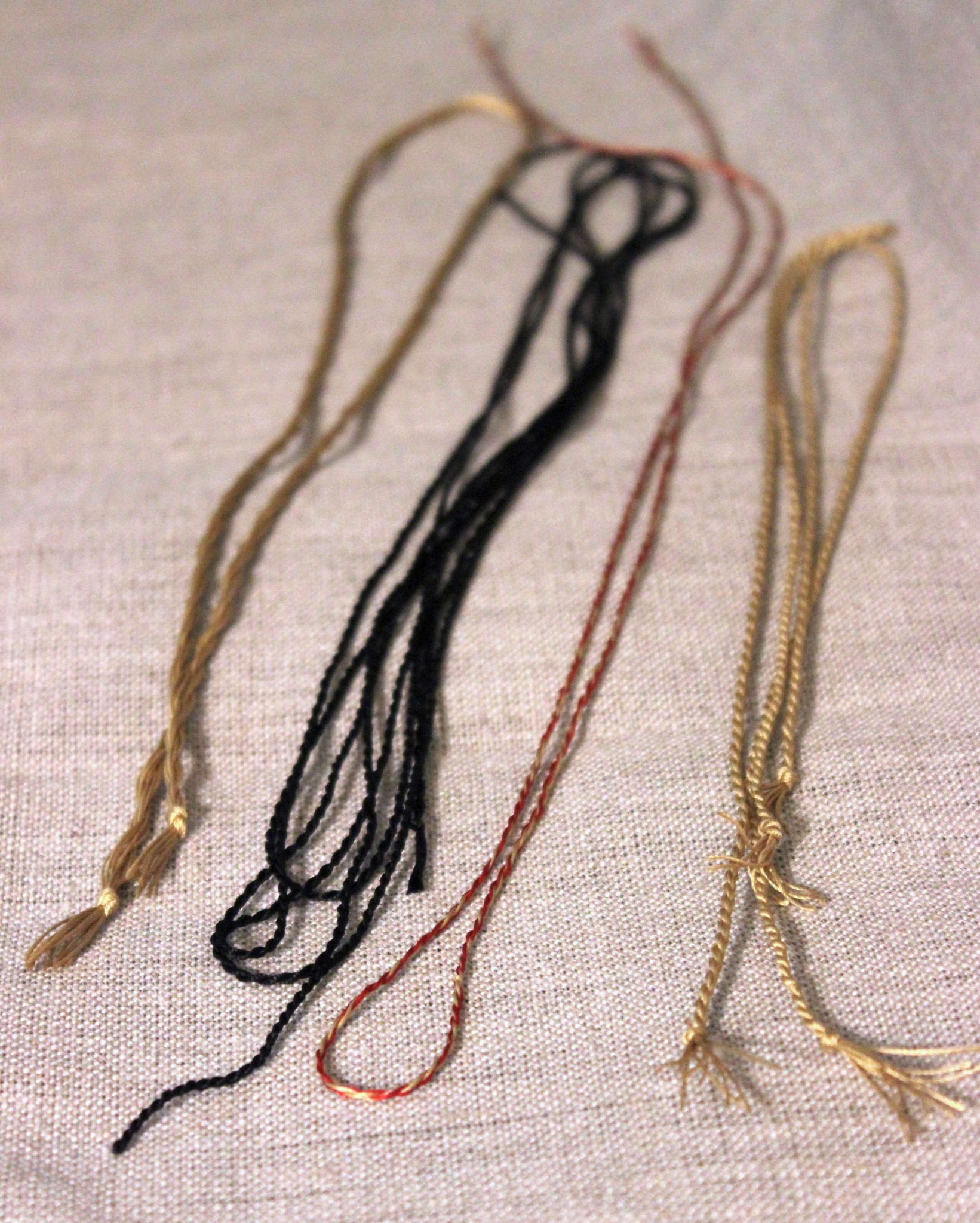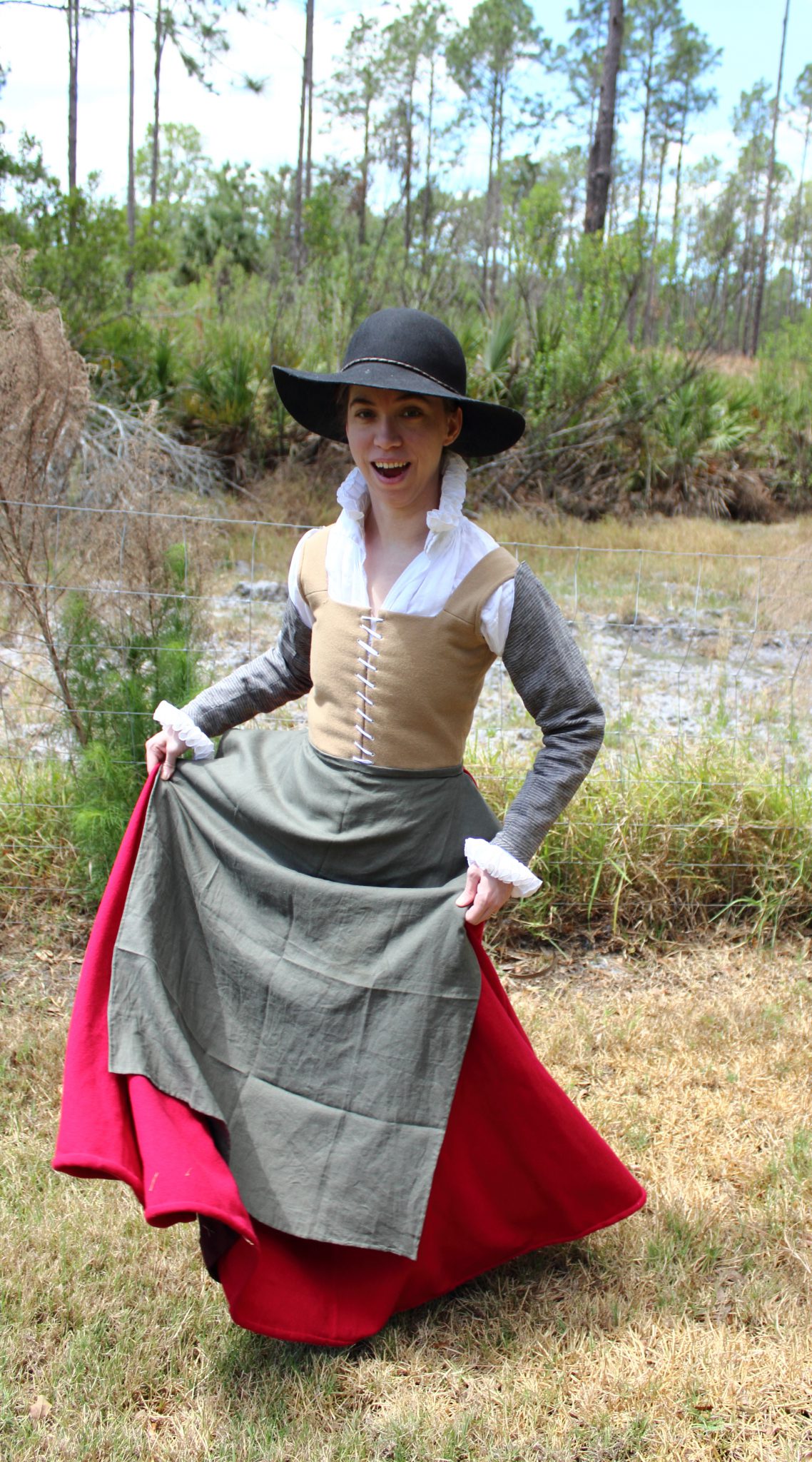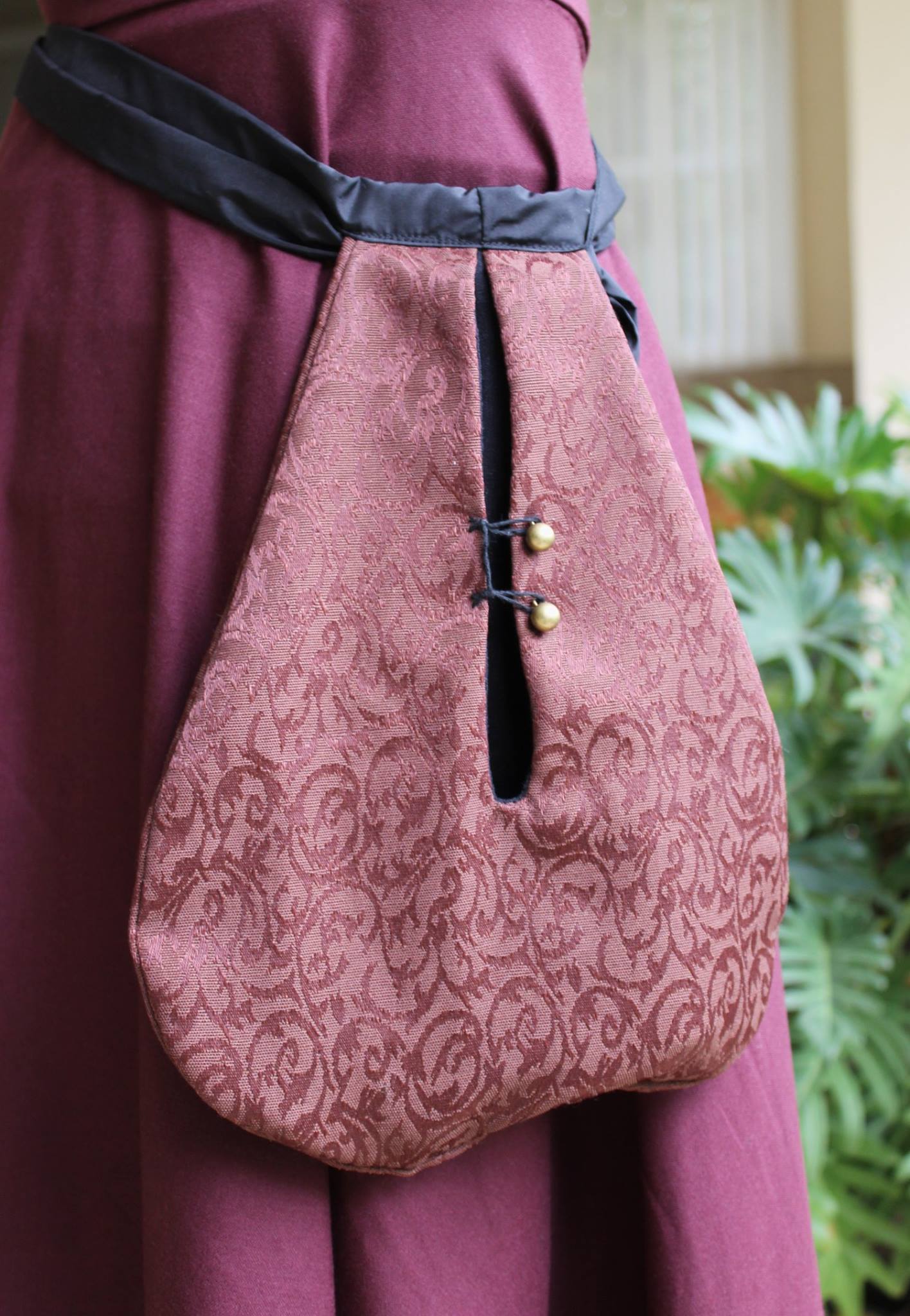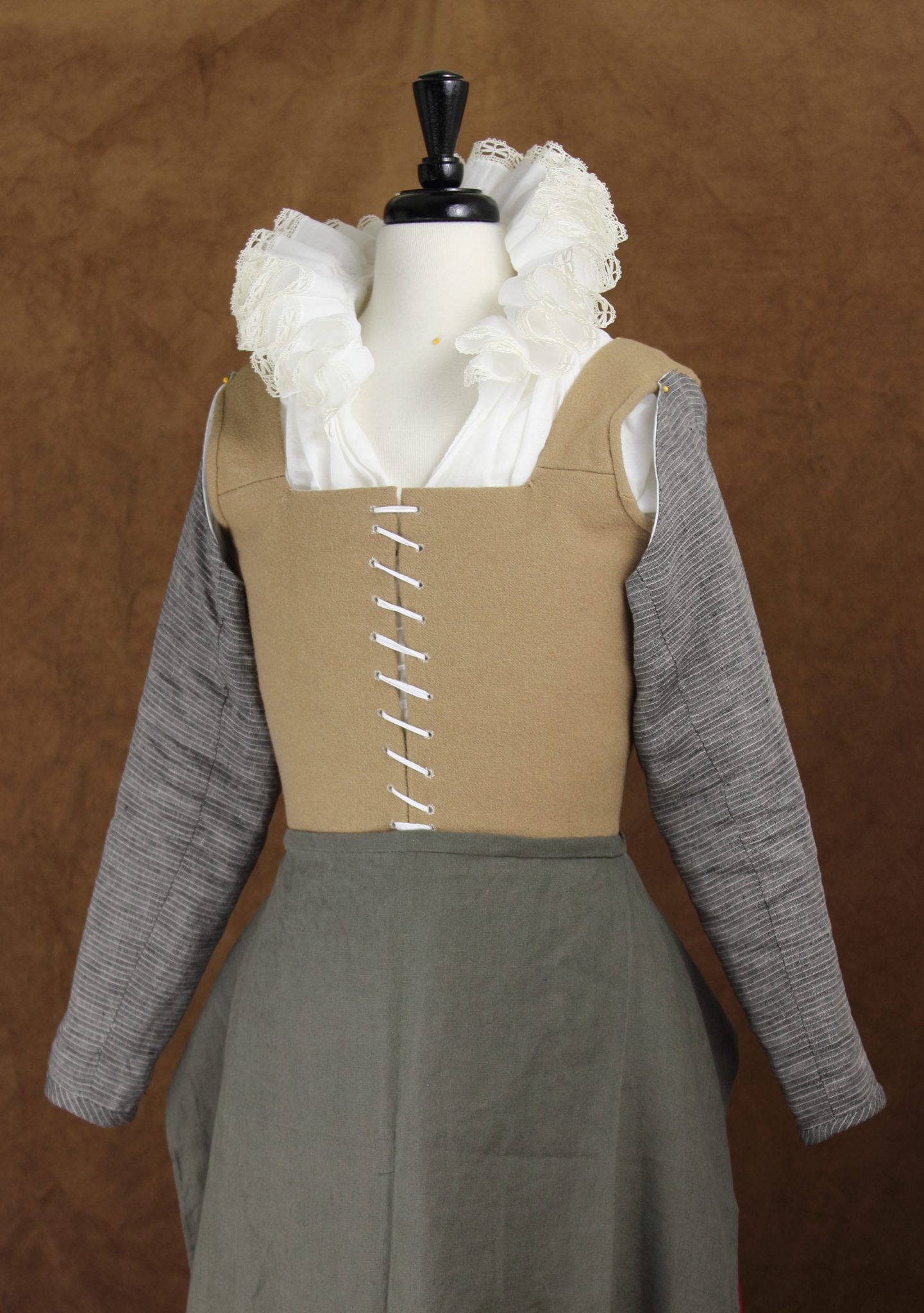16th Century Shoe Hack: Painting Shoes
A month ago a Facebook post on Elizabethan Costume showed me some inexpensive* shoes (non-affiliated link) that looked very similar to cutwork shoes found in period. The price was right, but they came in only one color: white. I ordered 2 pairs, not seeing the FB thread till much later about sizing up (and again if you… Read More 16th Century Shoe Hack: Painting Shoes
